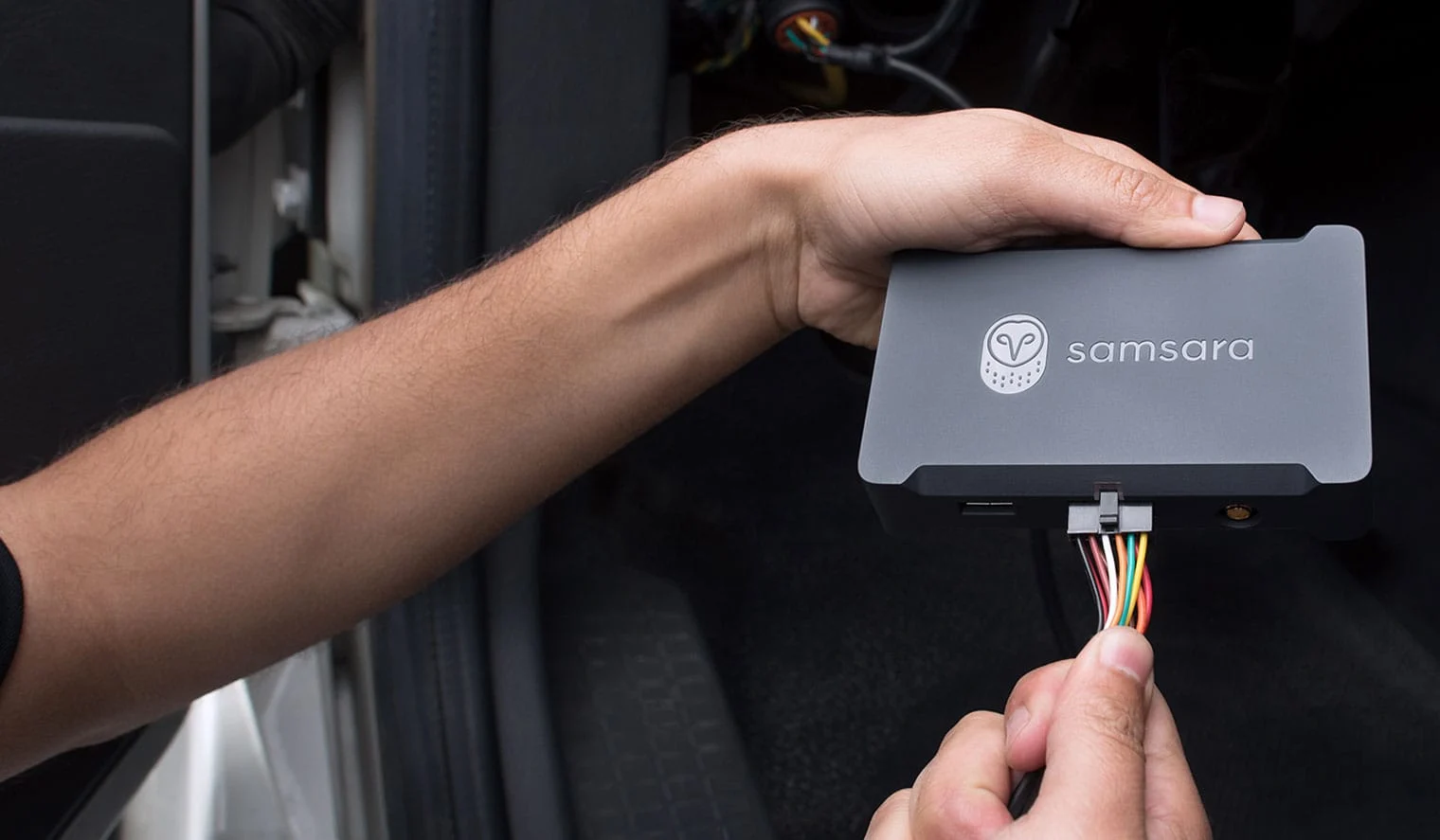Perspectives
Sterling Crane Canada on transitioning to proactive maintenance to overcome harsh conditions
January 13, 2025
Regional Maintenance Manager, Sterling Crane Canada

Get the latest from Samsara
Subscribe nowImagine being a technician and working on equipment in conditions that are so cold your tools might freeze to your gloves without a proper heat source. At Sterling Crane Canada, where I serve as a Regional Maintenance Manager, it's a challenge we often face during the winter months, and we always go above and beyond to keep our teams warm and safe.
For Sterling, a critical part of that commitment to safety is ensuring that our equipment is properly maintained. Severe cold can impact the performance of cranes, trucks, and other assets, and if equipment doesn't work properly, it can create dangerous working conditions and cause widespread business disruptions.
That's one of the key reasons we've gone from fixing equipment as it breaks down to a proactive maintenance strategy, where we use technology to track and alert us to issues and bring equipment in for regular repairs before problems occur. From an operational standpoint, it's a no-brainer—proactive maintenance gives us big safety benefits and cost savings.
However, it did require effort to gain employee buy-in and change our culture to be more data-driven and forward-looking. You may not face conditions that are as extreme as a Canadian winter, but proactive maintenance can deliver benefits no matter what industry you're in, or what your weather might be like. Here are four best practices that helped us make the transition at Sterling Crane Canada, and can help your organization as well.
1. Foster a proactive mindset about maintenance
We have a saying at Sterling that goes, if you don't plan maintenance, the maintenance will plan it for you. When we looked at past data, we saw that roughly 40% of our maintenance was unplanned, which was far too costly and disruptive. We wanted to get that number to 20%—and boost our planned maintenance to 80%—which meant we had to get a much better handle on our equipment data and what it meant.
To reach our 80-20 goal, we implemented lean principles, which included defining our data, focusing on the root cause of maintenance issues, and standardizing our preventive maintenance procedures across our branches. We also encouraged our employees to think strategically about maintenance and see how it’s not just something we do, but a tool that we can use to prevent other disruptions across our operations.
2. Empower frontline teams with tools that make maintenance easy
One truth we learned by shifting our approach is that proactive maintenance is simply not possible with paper. When we did all of our equipment inspections on paper, for example, employees had to scan paper forms and email them, or mail paper copies across the country to the head office for review. The process was slow, and it meant we were always playing catch up on inspections.
We solved this by digitizing our maintenance forms and creating instructional tools, including videos, with input from on-the-ground technicians. This helped foster ownership and consistency across our branches. Now, our employees can complete inspections faster, and we also have better visibility into the maintenance status of our cranes no matter where they're located.
3. Use real-life scenarios to train employees and earn buy-in
Clear communication is critical during any implementation, and part of a successful rollout is making sure employees clearly understand how a new technology or process will impact their day-to-day work. At Sterling, I ensure technicians and drivers get hands-on training so they can see how our technology improves real maintenance tasks in the field.
We also make it a point to acknowledge employees who are putting this training into practice. For example, leadership sends out biweekly emails across the company to recognize technicians and drivers who are using these systems effectively. It not only motivates our employees, but it's an ongoing way to build trust and earn their buy-in.
4. Cultivate internal champions to drive technology adoption
Our technicians and drivers are highly skilled at what they do, and they’re eager to share their expertise. When you position technology as a tool employees can use to help their colleagues, it helps drive adoption even more. For example, we're working on a process that allows technicians to add videos to our maintenance system to show others how to resolve common issues more quickly.
We have an expert for every piece of equipment, and we're enabling our team members to be the experts of their own domains. This approach helps to drive engagement, and creates consistency to help us improve our maintenance processes and outcomes.
Proactive maintenance has reshaped how we work at Sterling Crane Canada, helping us create a forward-thinking culture where teams are empowered to be more effective and engaged. With these best practices, any organization can do the same, allowing operations to be safer, more reliable, and more efficient.
Get the latest from Samsara
Subscribe now

















